Land Acknowledgements and Land Back
Hello everyone! In my last post
I talked about the treaties
: what they are, how they began, and what treaties became when colonial powers
got involved. Now let’s take a closer look at treaties in relation to the new trend of land acknowledgements.
Yes, this week I’ll be discussing land acknowledgements. You’ve probably heard a few or even a lot by now. In recent years they seem to happen at every event. How do you usually feel when you hear one? What do you think?
I remember the first time I heard a land acknowledgment. I was surprised and thought “Oh, that’s nice, this could be a good step forward in acknowledging Indigenous presence”. Soon enough I was hearing land acknowledgements everywhere.
Over time, I started to get annoyed with them. After a while, all these land acknowledgements sounded a lot like lip service. What were these organizations and individuals actually doing about Indigenous issues? Do they even know the history of treaties and land grabs? Do they have any Indigenous staff or consultants? Sometimes it felt like organizations were only doing the acknowledgement because they felt they had to or because they wanted to look good. Soon, whenever I heard one, I would get annoyed or even mad.
Watch Awakenings ― We Were Always Here ― Acknowledgment
A film by Jonathan Elliott
From exploring the Indigenous origins of the city’s name, to the murder of a Mississauga chief that nearly caused all-out war, “Acknowledgment” sheds light on how Indigenous people’s lives and histories have shaped Toronto’s origins and asks the question; in this era of reconciliation, how do we acknowledge our collective history?
So let’s look at land acknowledgements. Why are they done? Where did they come from?
Land acknowledgements were originally introduced as a way to disrupt colonial thinking and reinforce Indigenous presence. Colonization seeks to erase the fact that North America is Indigenous land and that Indigenous people were here
long before Europeans ever arrived. Initially, land acknowledgements were done as a way of drawing attention to colonialism and any colonial practices that listeners of the acknowledgement may be taking part in.
Sometimes this intent is lost and instead, land acknowledgements are recited with little thought going into them and with little thought being provoked in listeners. I think if you are going to do a land acknowledgement you shouldn’t stop with a simple recitation of whose territory you are on.
Learn about those nations and their history in the area. Were there any treaties they had with other Indigenous nations or with European powers? What was agreed to in these treaties, are these agreements still being upheld today? Are there any nations that once lived here that got wiped out? Are there any land claims occurring in this area? Are you a settler on this land? Then name it. When writing, or saying, a land acknowledgement, really consider the history of the occupation of this land from recent years to contact all the way to the last Ice Age.
How do you write a land acknowledgement?
- Check out some guidelines to creating a land acknowledgement in Territory Acknowledgement by Allison Jones
- Traditional Indigenous territories can be found on this map here via Native Land

Saskatchewan, 1926
I also want you to ask yourself, aside from reciting a land acknowledgement, what more you can do from the professional to personal level? What more can your workplace do to incorporate Indigenous voices? Has your workplace contributed to colonization in any way? Do you yourself know the history of Indigenous nations that occupied the land you live on? Do you understand the history of colonization and the way it permeates today?
For me, personally, I think I started to see how the territorial acknowledgement could become very superficial and also how it sort of fetishizes these actual tangible, concrete treaties. They’re not metaphors — they’re real institutions, and for us to write and recite a territorial acknowledgement that sort of obscures that fact, I think we do a disservice to that treaty and to those nations.
Hayden King in ‘I regret it’: Hayden King on writing Ryerson University’s territorial acknowledgement on CBC Unreserved.
Click here to read or listen to the full story.
This is what I want people to think about and act on when they hear a land acknowledgement. There’s more you can do than recite a few sentences! There needs to be substance and action behind these acknowledgements.
Visit Built on Genocide , an exhibit by Jay Soule | CHIPPEWAR
Built on Genocide is a large-scale installation by multidisciplinary Indigenous artist Jay Soule | CHIPPEWAR , reflecting the historical events and colonial policies throughout Canada’s history that have deliberately undermined and destroyed Indigenous livelihoods.
Running September 22 – October 24, 2021 at Harbourfront Centre.
The Land Back Movement
One action is supporting the Land Back movement. When Indigenous activists demand the Land Back, they aren’t threatening to take your house. Land Back means giving back control over the lands that have been taken from Indigenous nations. Consider this: of Canada’s 9.985 million sq km, reserve lands make up just 0.2%. 89% of Canada is deemed “Crown Land” – 41% under federal control and 48% under provincial control. The remaining 10.80% is under private ownership. There is a lot of land to give back.
Land Back: A Yellowhead Insitutute Red Paper
The project of land back is about reclaiming Indigenous jurisdiction: breathing life into rights and responsibilities. This Red Paper is about how Canada dispossesses Indigenous peoples from the land, and in turn, what communities are doing to get it back.
Download the full report below.
One of my goals of this series is that you will learn more about Indigenous history, colonialism, and the effects colonialism has on Indigenous peoples today. However, I want to stress there is much more to learn beyond these blog posts, which is why links are always included to expand your knowledge. If there is something mentioned in these posts you’re interested in or that relates to you, make time to learn about it. Doing so will help bring a stop to colonial practices and is a form of reconciliation.
Ultimately, land acknowledgements are an early practice of reconciliation which we’ll talk about in another post. They’re a place to start on the path to reconciliation but they’re not enough. In the next post, we’ll discuss the Truth and Reconciliation Commission: what it is, why it was formed, the findings of the commission and how to incorporate actions of reconciliation into your life.
Read the next post: Who’s Work is Reconciliation?
About the Author
Mnawaate Gordon-Corbiere is Grouse clan and a member of M’Chigeeng First Nation. She is Ojibwe and Cree. Born in Toronto and raised in M’Chigeeng, in 2019 she obtained her BA in History and English from the University of Toronto.
Since graduation, she has been working in the heritage sector with a focus on Indigenous history. Her most recent project was working as a co-editor for the historical anthology Indigenous Toronto: Stories that Carry This Place
released in spring 2021.
About Built on Genocide
Built on Genocide is a large-scale installation by multidisciplinary artist Jay Soule | CHIPPEWAR, reflecting the events and policies throughout Canada’s history that have deliberately undermined and destroyed Indigenous livelihoods.
The work is influenced by the mass genocide of the buffalo as a result of the colonial railway expansion. The buffalo decimation is an underacknowledged but foundational aspect of “Canadian” history, with consequences that persist today. Built on Genocide will address the direct correlation between the genocide of the buffalo and the genocide of Indigenous peoples in Canada.
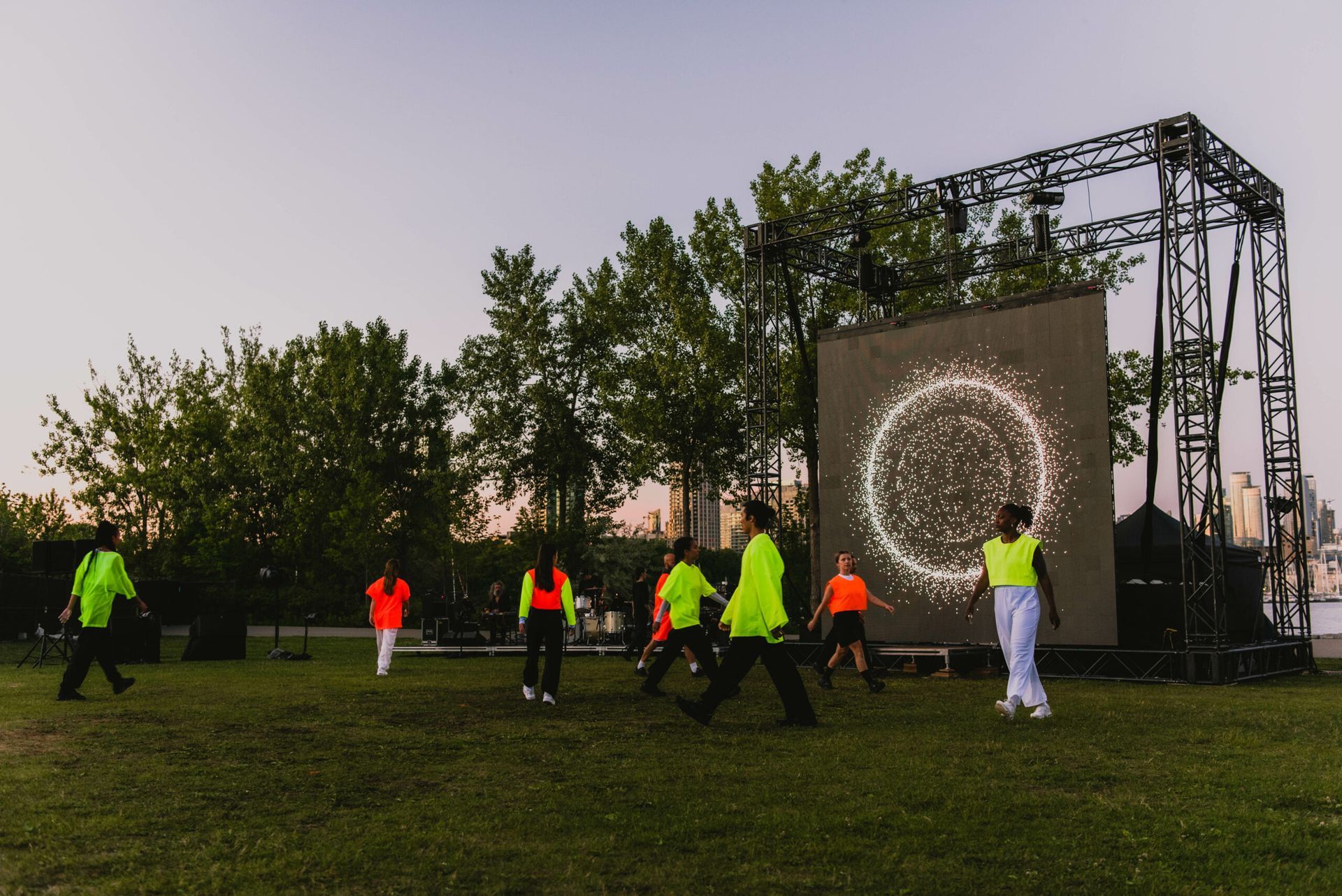
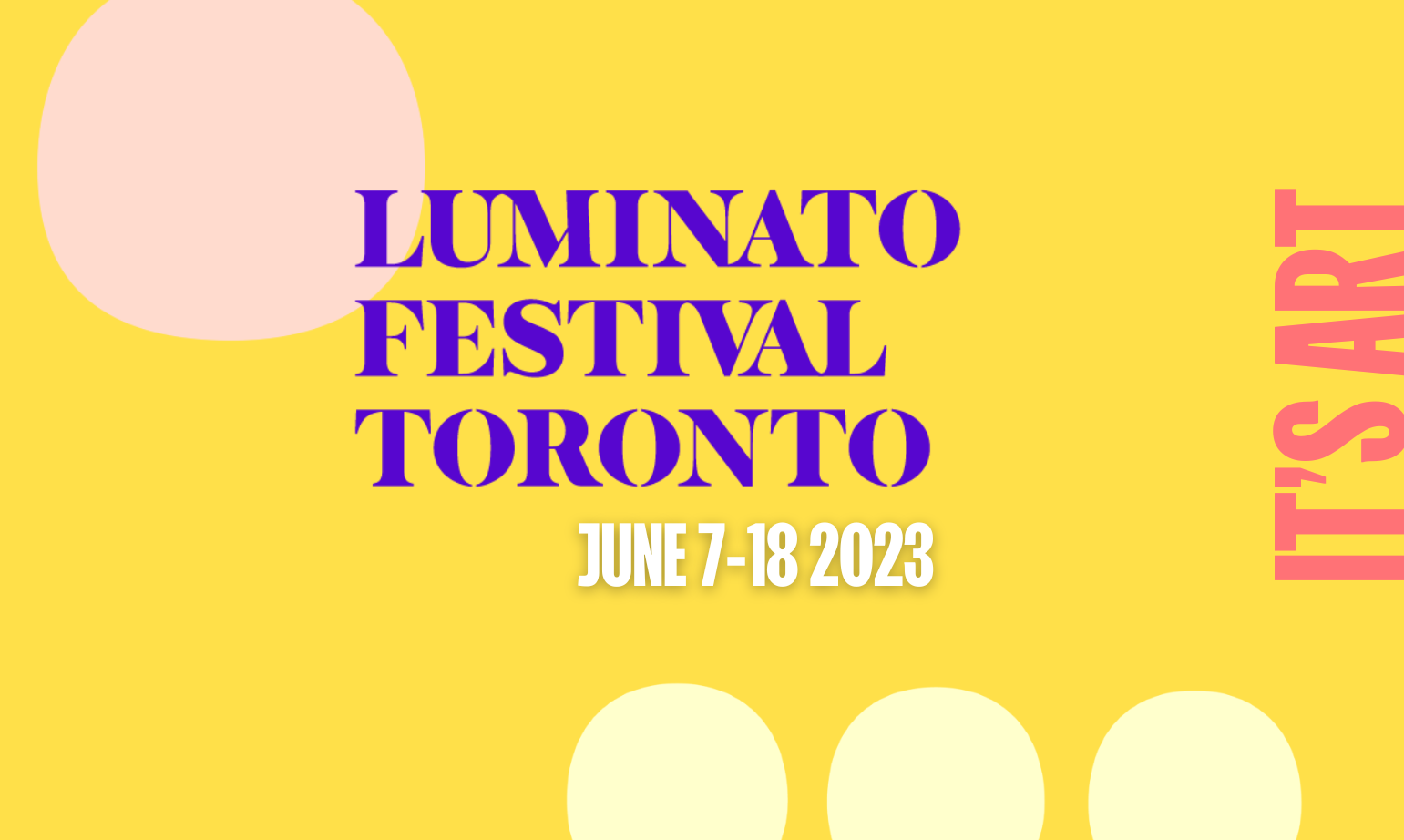

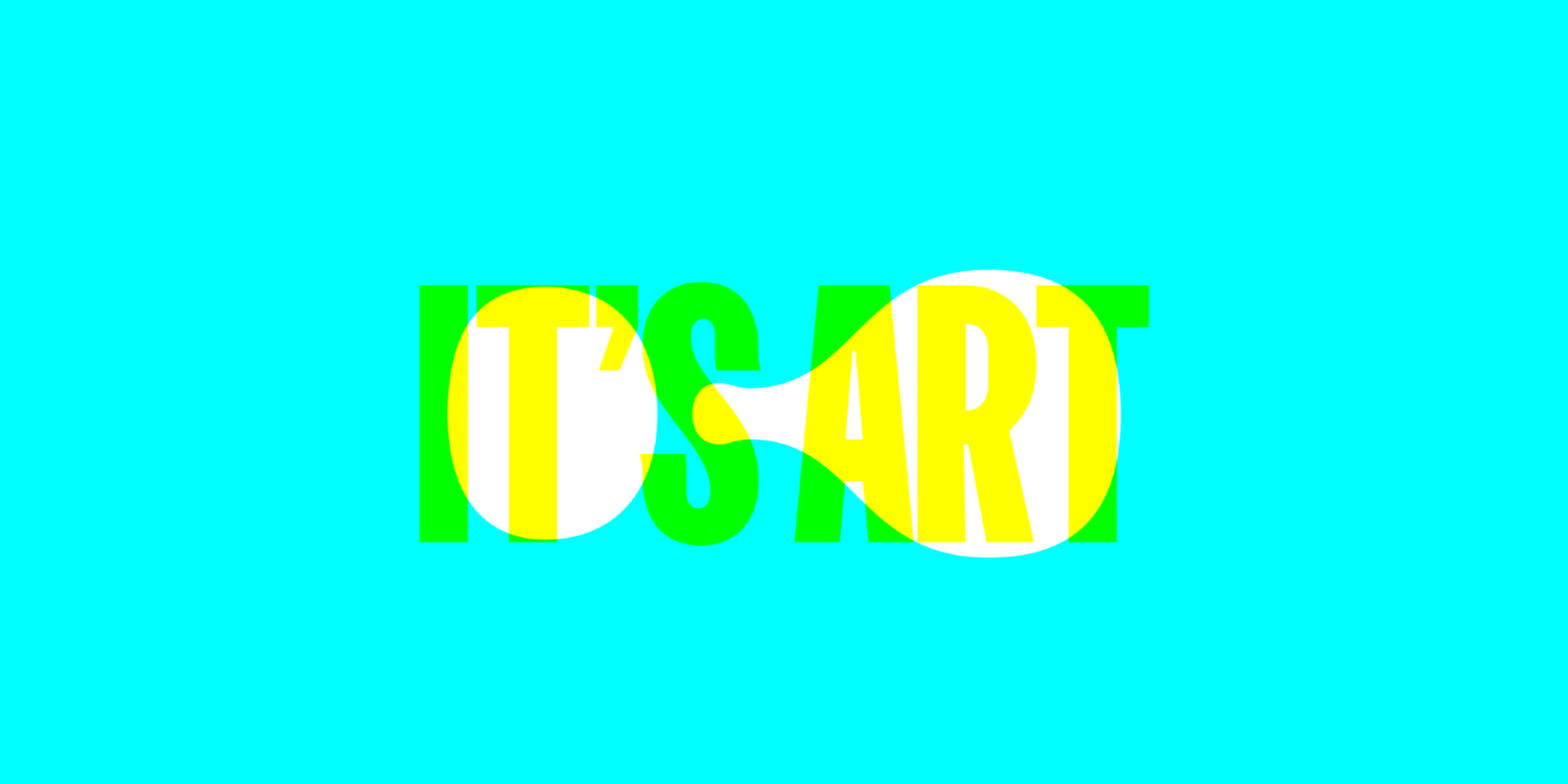
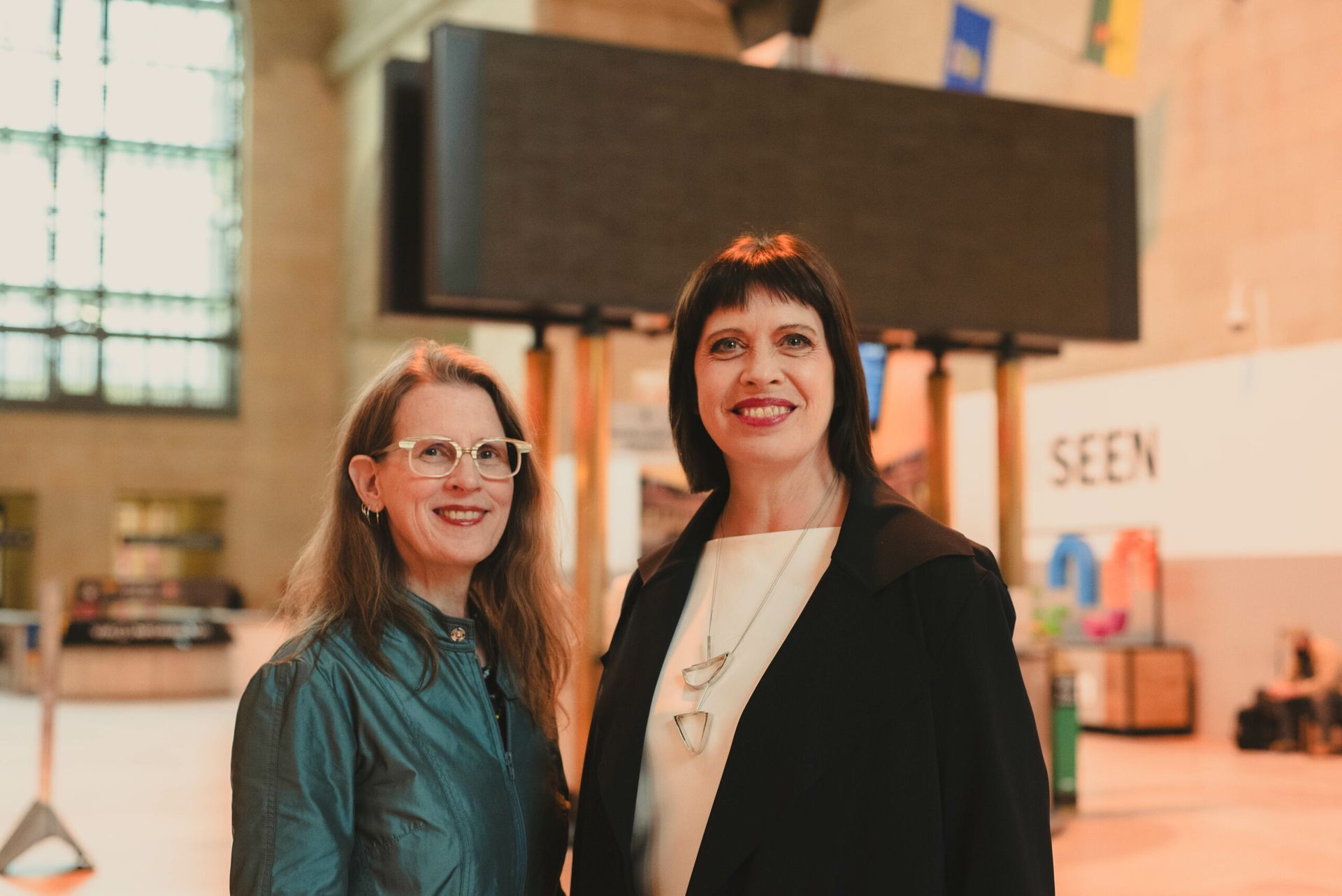
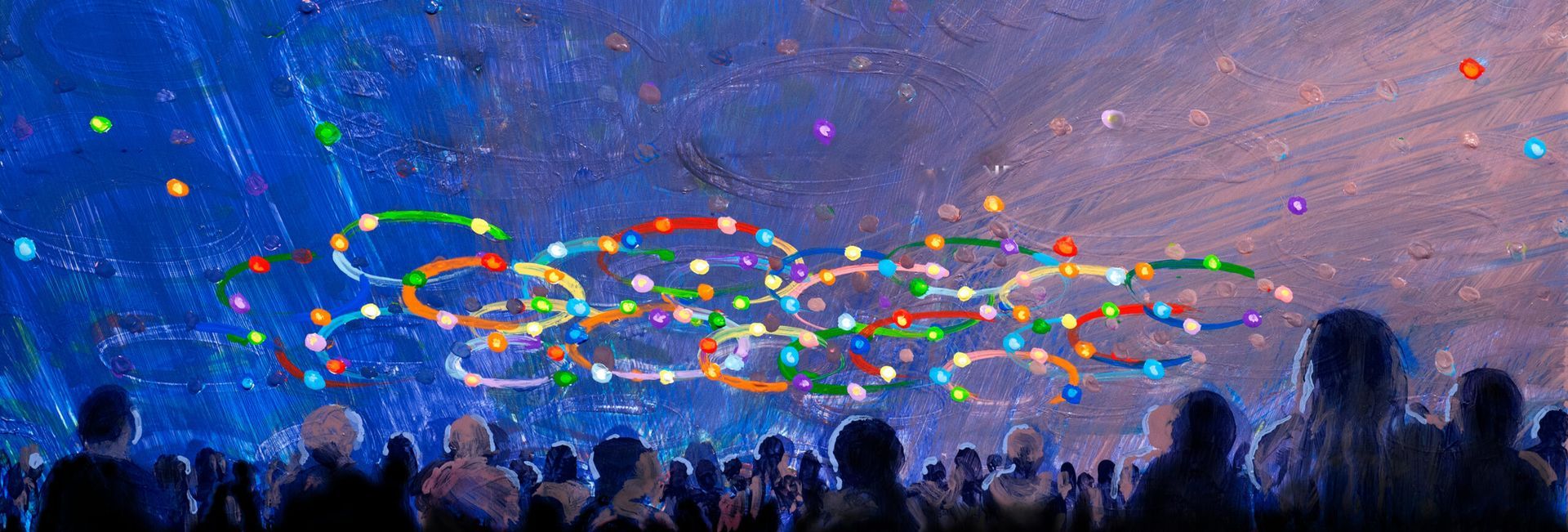
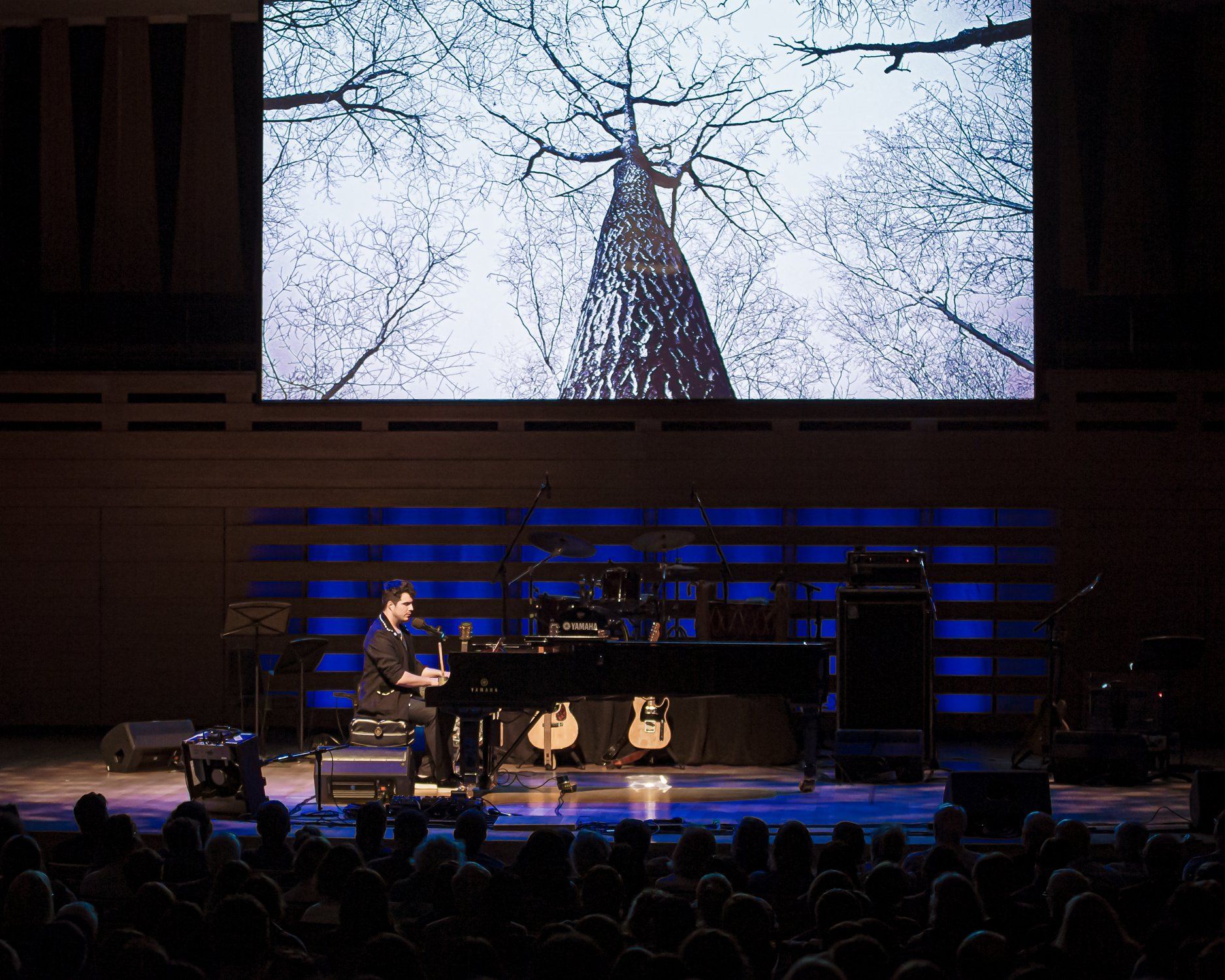
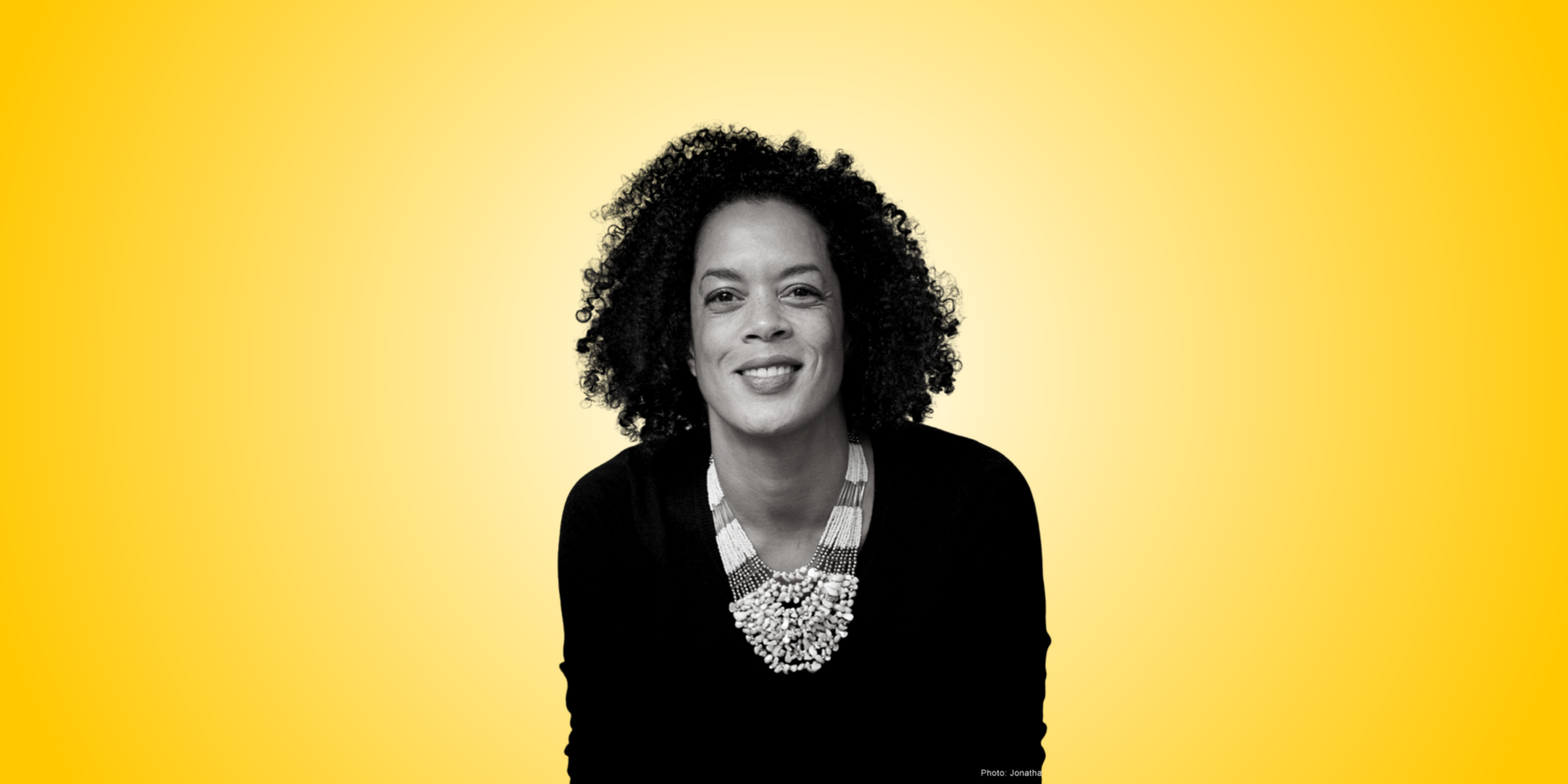


© 2025 Luminato Festival Toronto, All rights reserved.
Privacy Policy
|
Terms and Conditions
